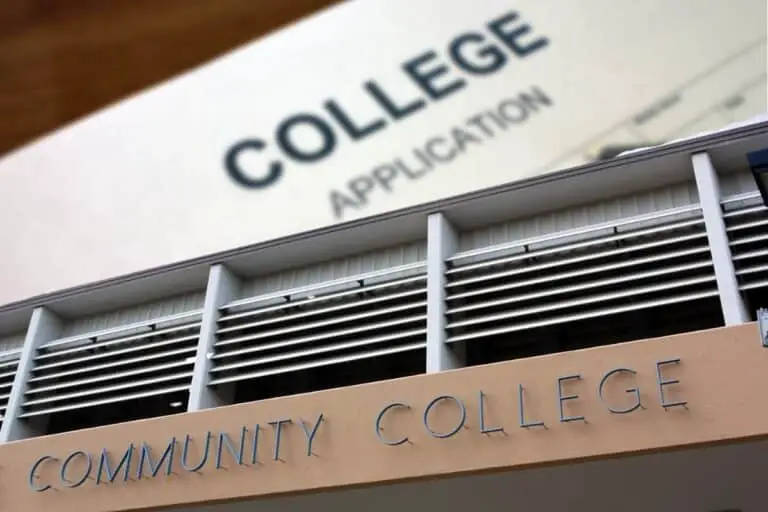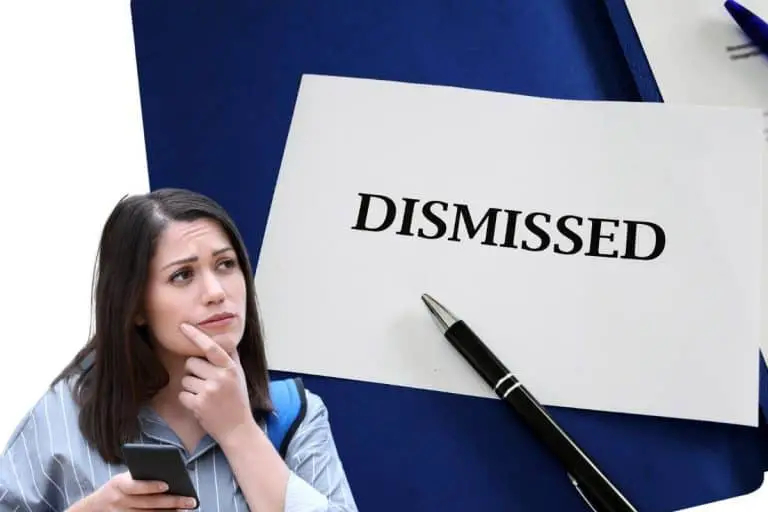Why Do Some Universities Still Use Chalkboards?
Chalkboards became the standard in American schools and universities during the early 1800s and continued being a classroom staple until 1999. Right before the turn of the millennium, whiteboards and smartboards outsold chalkboards by a significant margin. However, many universities across the country still use chalkboards — but with the rapidly changing digital age, you have to ask: Why?
Some universities still use chalkboards because they’re expensive to replace, they last longer than whiteboards, chalk is less expensive than dry-erase markers, and they’re easier to see from the back of a classroom or lecture hall. Many professors simply prefer chalkboards for nostalgia.
So scarce are chalkboards, in fact, that in 1999, the Chicago Tribune ran a story featuring a fifth-grader who had never seen a chalkboard before — but that doesn’t mean that chalkboards are being erased from history. In this article, we’ll look into why many universities continue to prefer chalkboards over whiteboards.
Sources: The Atlantic and Chicago Tribune

Chalkboards Are Expensive to Replace
Many of the major universities in the United States were built hundreds of years ago. These massive educational institutions contain dozens, if not hundreds, of classrooms each. The chalkboards within these classrooms are often built directly into the walls. As such, remodeling existing classrooms and lecture halls to fit them with whiteboards would cost a fortune (source).
Not only that, but many of the original chalkboards located within these educational facilities aren’t simply painted boards that can be pried off of the wall. They’re true slate boards that likely require the use of a saw and diamond blade for removal (source).
Additionally, some universities have their blackboards affixed to elaborate roller systems, making them even more difficult and expensive to replace.
Replacing either slate chalkboards or roller bar systems is a costly, time-consuming process. Many universities simply do not have the funds to allocate to replace chalkboards with whiteboards. It’s difficult to prioritize the project since chalkboards tend to be less expensive in the long run (source).
Chalkboards Last Longer Than Whiteboards
Whiteboards may not produce the dreaded chalk dust that gets into your eyes, on your hands, and eventually makes its way to your clothing, but they don’t last nearly as long as a traditional chalkboard.
After only a year or two of regular use, whiteboards begin to hold onto stains. These boards are notorious for leaving “ghost” writing and images behind, even with regular cleaning. They wear down rather quickly, usually due to the use of whiteboard cleaner (that often contains alcohol). With time, whiteboards become nearly impossible to erase (source).
With a chalkboard, you needn’t worry about any of those issues. All you need is a bucket of water and a large sponge. Wash the board, and it’s as good as new.
Chalk is Less Expensive Than Dry-Erase Markers
Not only is chalk less expensive in the long run than dry-erase markers, but you never have to replace chalk because it’s dried out. Dry-erase markers, on the other hand, are notorious for drying out. At least when you walk into a lecture hall and pick up a piece of chalk, you know that it’s going to write.
Not so with dry-erase markers. This is not only an inconvenience, but it’s costly to keep replacing them — and it’s not just dried-up markers that cause problems. These markers seem to turn up missing more often than chalk, likely due to “borrowing” when someone else’s marker dries up. As such, you’re regularly looking for a marker that works. This takes away from time that could be spent lecturing.
You Can See Chalkboards Better Than Whiteboards
Whiteboards are notoriously difficult to see. There’s far less contrast between a whiteboard and colored markers versus a blackboard and white chalk. A quick Google search showcases just how difficult it is to see a whiteboard from the back of a room — a traditional blackboard is much easier to view, and there’s less chance of a glare (source).
Additionally, writing out mathematical equations or philosophical theories onto a chalkboard gives the writer the chance to think as they go. This provides those in the lecture hall with insight into the writer’s thinking process, which is beneficial for the lesson.
When written on paper, the experience is lost — and smartboards are notorious for technical issues, which could interrupt the flow of thought.
Of course, whiteboards provide the same experience, but it’s hardly worth it if those in the back of the lecture hall cannot see what’s being written.
Some Prefer The Nostalgia of a Chalkboard
Whether you prefer a chalkboard, whiteboard, or smartboard, there’s no question that chalkboards are a part of American educational history. Movies, books, and TV shows often feature the traditional classroom setting — a lecture hall with a massive chalkboard filled with mathematical formulas.
Some professors simply prefer this nostalgia. It’s how they learned. It’s familiar, so it’s how they want to teach their students. Some schools are even fighting to keep their chalkboards in the classroom (source).
Additionally, many professors prefer the traditional, tactile nature of using chalk on a chalkboard. It provides a better writing experience and feel.
Not only that but there’s nothing like the sound of dragging an underline across a word in chalk or tapping under a word to emphasize specific points. That’s difficult to achieve with the soft, felt tip of a dry-erase marker on porcelain or melamine.
Conclusion
Whiteboards began replacing chalkboards around the 1990s when computers became more commonplace in classrooms and lecture halls. People were worried about the chalk dust affecting the computers, which led to whiteboards and smartboards.
Interestingly, the lack of dust is the only major benefit to whiteboards over chalkboards. As such, many universities and classrooms continue to use chalkboards thanks to their low cost, durability, easy viewing, and, for many, even the nostalgia is enough to keep them around.
Recommended Reading:







